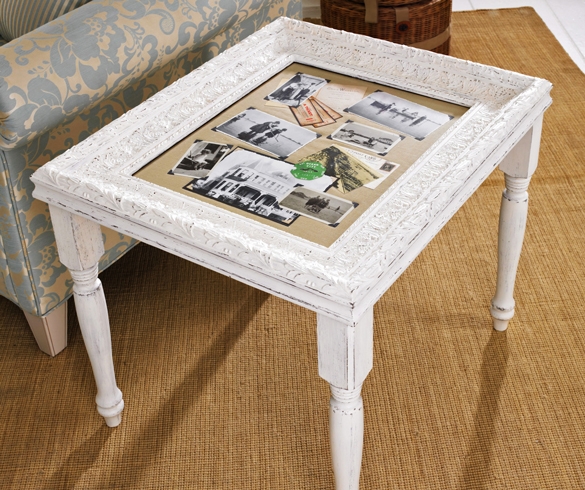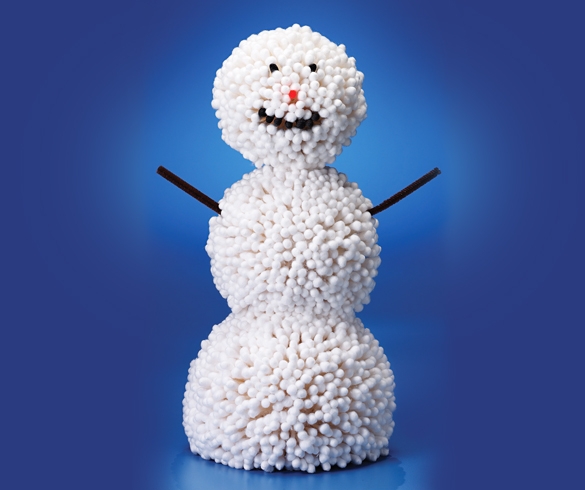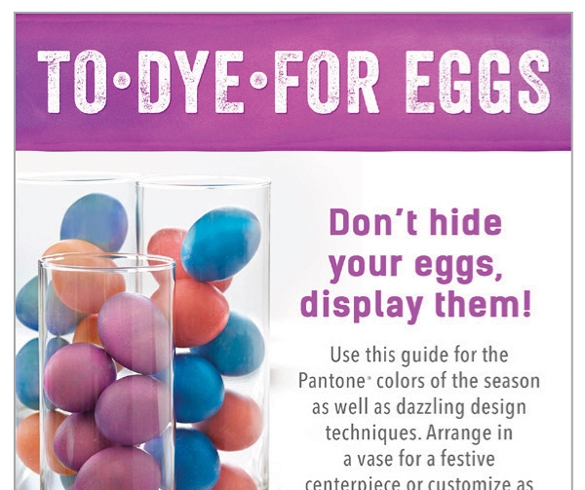For many of us living in inner-city apartments with limited access to greenery – and even for those living in more suburban or rural areas – caring for and tending to plants in our homes is something we should eagerly embrace.
When caring for plants, it’s best to try to mimic their natural environment, so it is important to understand where they originate, as well as how they grow in the wild. The key to success is to choose plant varieties that are best suited to the specific conditions in your space. Once you know what you’re dealing with, you are in a good position to select species that will thrive.
Light
Understanding the light conditions of your space is key. To start, identify all available light sources and then take note of how the light moves through each space over the course of the day. The orientation of your spaces as well as any surrounding buildings or window coverings will also help you determine the level of light that reaches your indoor plants. A spot closes to windows and skylights will be the brightest, especially if the plant can see the sky from its position. Light meter apps, which you can download onto your smartphone, are a great tool to discover what you’re working with.
While there are a number of plants that will tolerate lower-light conditions, it is important to note that most will need a bright spot to really thrive. For plants residing mostly in the darker corner of your home, we recommend giving them a monthly holiday somewhere bright, if possible. Also keep in mind that light conditions change with the season, so be sure to rotate your plants as required to sunnier spots during the cooler, darker months, and vice versa in spring and summer.
Water
There are a number of variables that can affect the amount of water a plant needs, including its variety, the amount of light it gets (generally speaking, the greater the light, the higher the water needs), ambient temperature, airflow and circulation, potting mix and the size and type of container in which it’s planted.
For container plants with drainage holes, water deeply and directly into the soil, until you see water flowing from the base. You want to ensure that all the roots have been wetted. This can be done over the sink, in the shower or outside. For those pots with saucers, be sure to empty any overflow sitting more than 30 minutes after water, to keep water away from roots and reduce the risk of root rot developing.
While most indoor plants will happily tolerate tap water (room temperature is best), it can lead to a build up of certain minerals in the soil. When possible, try and get your plants out in the rain or collect some rainwater in a bucket or watering can to bring inside.
Soil
It is perfectly acceptable to buy potting mix from your local hardware store or nursery, but be sure to choose the highest quality organic indoor potting mix. Store-bought potting mix generally has enough nutrients to support happy grow for six to 12 months. After this, you’ll need to start adding your own fertiliser. We recommend using a diluted organic liquid fertiliser for your indoor pals.
The above is an edited extract from ‘Plantopedia ‘by Sophia Kaplan and Lauren Camilleri of Leafy Supply. It’s out now from Smith Street Books, and available to purchase here!

Plantopedia, published by Smith Street Books. Photo – Simon & Schuster.

Albo variegatum in pot. Photo – Jacqui Turk.

Authors Sophia Kaplan and Lauren Camilleri of Leaf Supply. Photo – Jacqui Turk.

Clapton Tram Shed in London is a green wonderland. Photo – Anna Batchelor.

A decadent pot plant makes all kind of flourishes! Photo – Jacqui Turk.

Wild and thriving. Photo – Jacqui Turk.

Lauren in the greenhouse. Photo – Jacqui Turk.

Sophia tends to a wax plant. Photo – Jacqui Turk.

Spotty and filled with personality! Photo – Jacqui Turk.

Hanging plants put greenery at different heights throughout your home. Photo – Jacqui Turk.

Just. because they’re indoor plants doesn’t mean they have to be small. Photo – Jacqui Turk.

Lauren says, ‘When caring for plants, it’s best to try to mimic their natural environment, so it is important to understand where they originate, as well as how they grow in the wild.’ Photo – Jessie Ann Harris.

Indoor plants need TLC just like people do! Photo – Jacqui Turk.








